Last year’s love affair was with sLOVEnia. This year’s love affair, though it’s early in the year, seems destined to be with Portugal, and in particular, Lisbon. Portugal works for me on so many levels. The people, culture, food, geography, and general vibe of the place just suited me perfectly. I know for many travelers, Portugal is likely to be a been-there-done-that destination. For me, it was my first visit, and if I had been-there-and done-that before, I for sure would have gone back over and over again. That’s how much I enjoyed it! Please check out Part 1 and Part 2 of my pastry love affair. Without gushing too much about how wonderful Lisbon is, I want to give you 6 ideas for what to do and see that won’t likely end up on any MUST SEE lists you’ll find online.
1. Campo Pequeno is a bullfight arena that hosted the Portuguese bullfights since 1892. The building is stunning! It’s a beautiful neo-arabian building, all made of bricks, that was entirely renovated in 2006. There’s a museum dedicated to the history of bullfighting. The lowest level is now a shopping mall with a movie theater and restaurants. As I’d never been inside a bullfight arena before, I really found it very interesting just to walk around. I thought turning the bottom level into a mall was actually a good use of the space. It’s always fun to walk through malls when I travel and see what’s different or unique.
2. When traveling, especially in big cities, it’s always wonderful to find a garden to enjoy for some quiet time. Two different people recommended the Calouste Gulbenkian Garden to me. I liked it so much I went back twice. It is the venue where the Calouste Gulbenkian Foundation and its museum are located. There are many sculptures scattered throughout the park, as well as a cafe and a restaurant. There’s also an artificial pond, an open-air theater, a rose garden and water gardens.
3. In Lisbon, they call what we might call in the states a movie theater, a cinema. When I travel, I always go to see a movie. It’s fun to experience a movie, even if it’s not in a language I speak, with the hometown crowd. I also have fun enjoying and partaking in local cinema customs. For instance in Sydney, Australia, I ate an ice cream cone in the dark theater. Don’t know how the Aussies do that without getting it all over their shirts. In Keri Keri, New Zealand, we drank wine in the cinema in proper wine glasses. The cinema culture was very different in Lisbon, especially in the art cinema I enjoyed.
The Media film group owns two cinemas: the Monumental Cinema and Cinema Nimas. These theaters are housed in old historic buildings. I went to the Monumental. There are four small cinemas, all with regular seats. Thankfully, none of this reclining seat business that so many theaters in the states have adopted. The cinema actually looked like part cinema and part video store, displaying many videos available for purchase. And there was no food or drinks. I don’t just mean you couldn’t bring in your own. I mean absolutely nothing to eat or drink for sale. I loved this!! When’s the last time you went to see a movie where no one was eating or drinking. It really changes the experience. They do show a few movies in English with Portuguese subtitles, so it was great to see a Woody Allen movie in Portuguese! Give these cinemas a try if, like me, you enjoy these different kinds of experiences when you travel.
4. So if the Portuguese call the “theater” the cinema, what do they mean when they say they’re going to the theater? They mean a live performance. I was lucky enough to be in Lisbon during the holidays when the ballet was performing Swan Lake. I hadn’t been to the ballet in years, so why not, right? I thought the prices for a good balcony seat were very reasonable at $32 USD per seat. If you spend any length of time in Lisbon, you’ll easily recognize the Tivoli Theater. It is easily spotted because of the green dome topped off with a small bell tower. The theatre was opened in the 20s, serving as the chic ‘hotspot’ for the city’s elite. It’s been extensively refurbished since then and some say it still caters to the creme de la creme of Portuguese society. The theater is really a work of art, so be sure to walk around inside and enjoy the building itself. The seats are red plush seats and with an orange decor. There are very ornate balconies all around the seating area, giving the hall a very regal feel. To me, it felt like an old world opera house, and I was glad I went, not only to watch the amazing ballet athletes in action, but to enjoy this venue.
5. Taking the ferry to Cacilhas, at the other side of the River Tagus, is a fun way to spend half a day. It leaves from the Lisbon waterfront, is inexpensive at only a few euros roundtrip, only takes a few minutes, and provides you with a great spot from which to see Lisbon city proper. Cacilhas itself is picturesque and you’ll get a whole different feel for Lisbon when you see it from across the river. I didn’t have a meal there because I had other lunch plans, but there are plenty of restaurants that looked typically local and good! Besides having a meal, you can walk along the river to the elevator to reach the famous Cristo Rei statue. After passing some abandoned, very old warehouses and a few restaurants, you can go by elevator to reach the Cristo Rei statue. You’ll also enjoy a sweeping view of the city and Ponte 25 de Abril (25th of April Bridge) from the top of the statue. This enormous monument was built in 1959 in thanks to God for having spared Portugal during World War II. It was inspired by the famous statue in Rio de Janeiro.
6. I could feel the history of Portugal, and Lisbon in particular, wherever I went. Besides seeking out cinema and parks when I travel, I’ll also visit bookstores. The Bertrand Chiado was recognized in 2011 by the Guinness Book as the oldest bookstore in the world still in operation. It opened its doors in 1732! It’s not a huge bookstore compared to others, though it does have a few different rooms and a small cafe in the rear. It’s actually a chain of bookstores now, but this historic and architecturally beautiful space is a treasure and an easy must-see recommendation.
Here’s a tip for you: make sure to get lost… as if you can help it while wandering the streets of Lisbon!
It’s an amazing, hilly, cobblestoned delight of a place to explore, and it seemed around every corner, there was something pretty to look at and delicious to eat. Have you been to Lisbon or planning a trip there? Have you visited these places? Want to add any of your “must sees” that aren’t usually in the top 6? Share your thoughts in the comments below. Obrigada (thank you)!


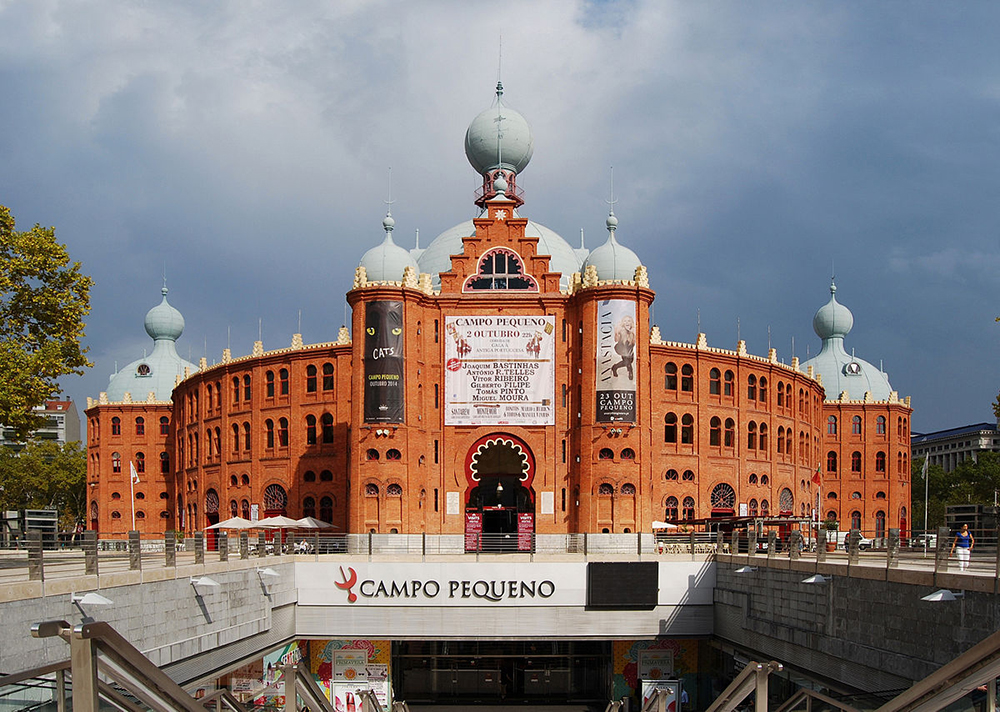
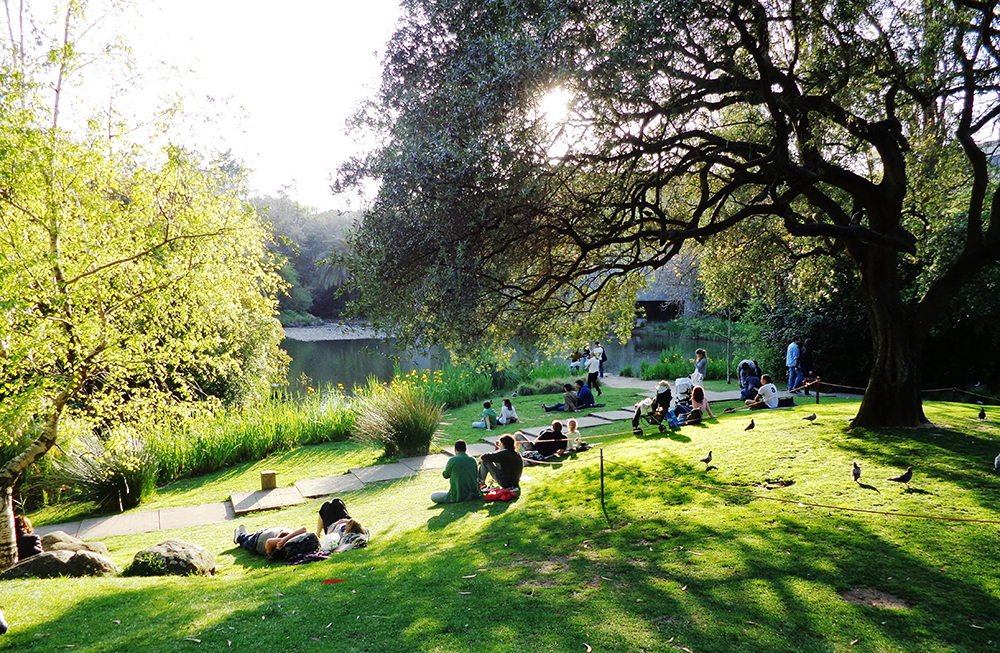
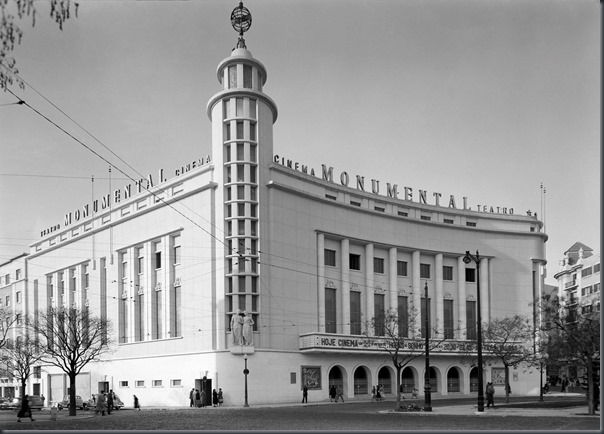
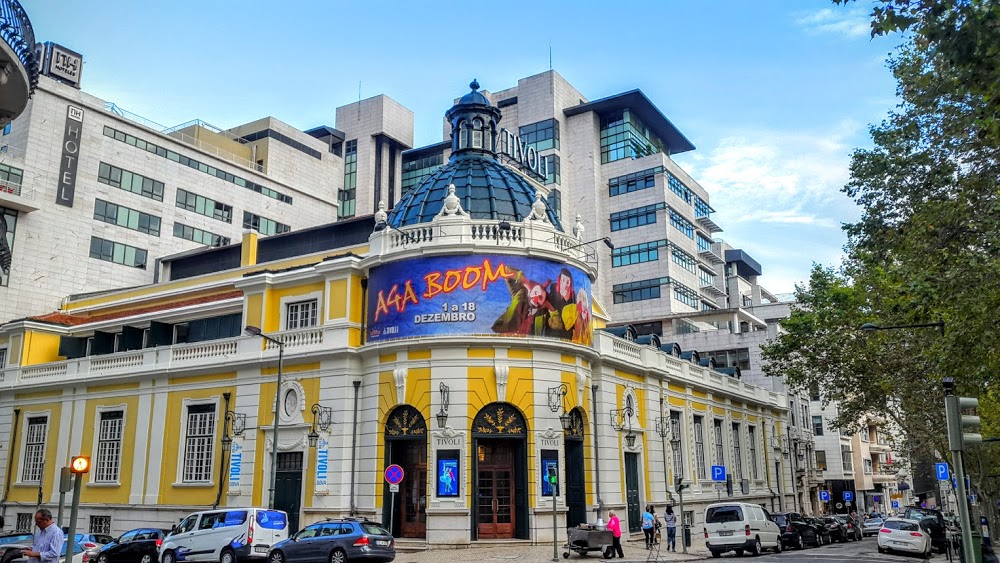
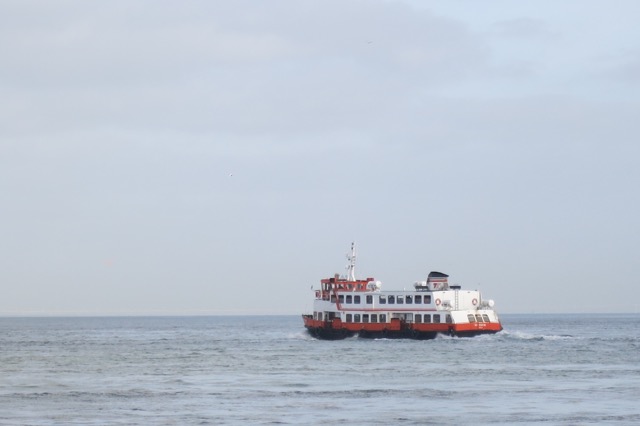
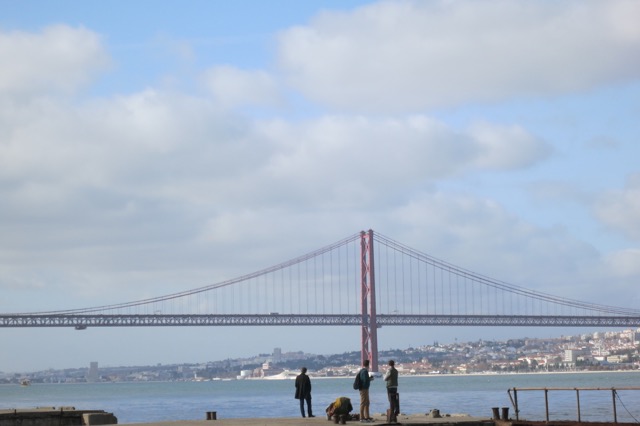

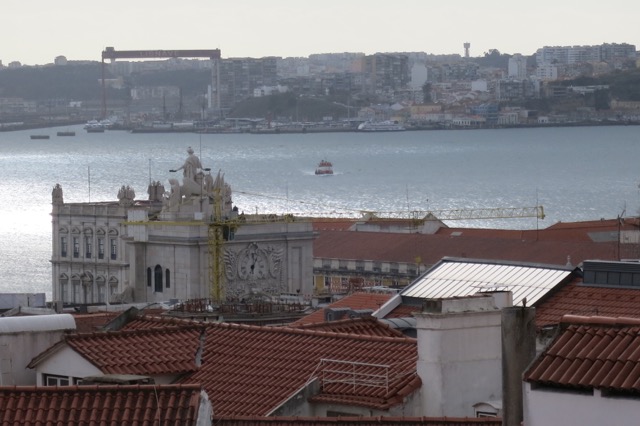
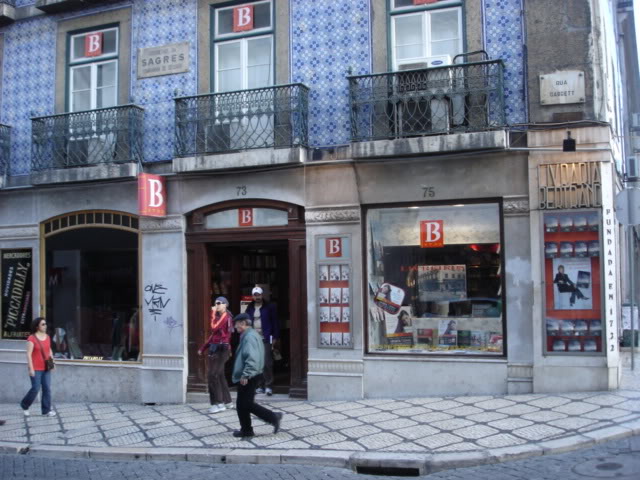
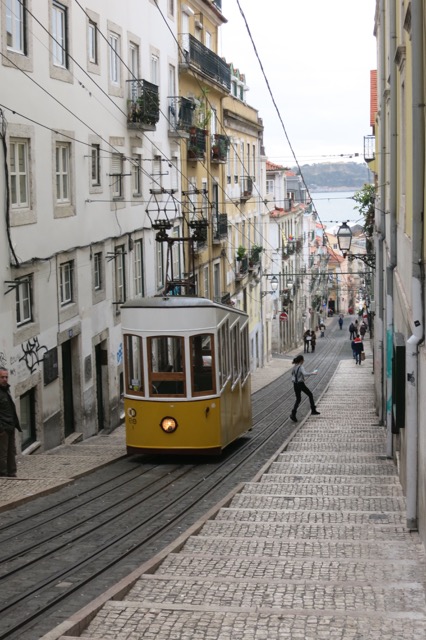
Pingback: Do you Still go to Movie Theaters?
Pingback: Have You Read My Top Blog Posts from 2018?